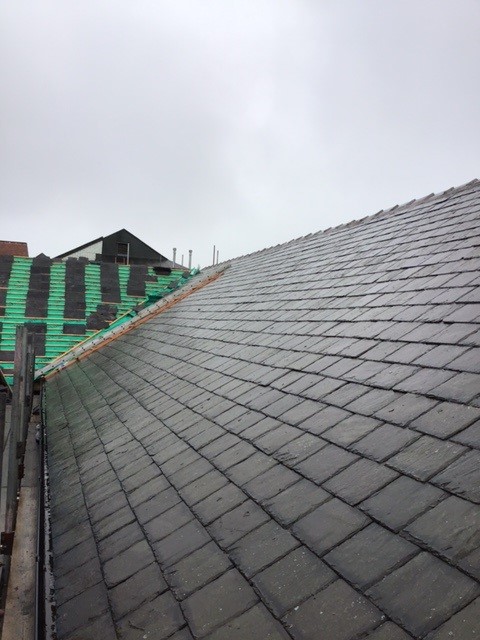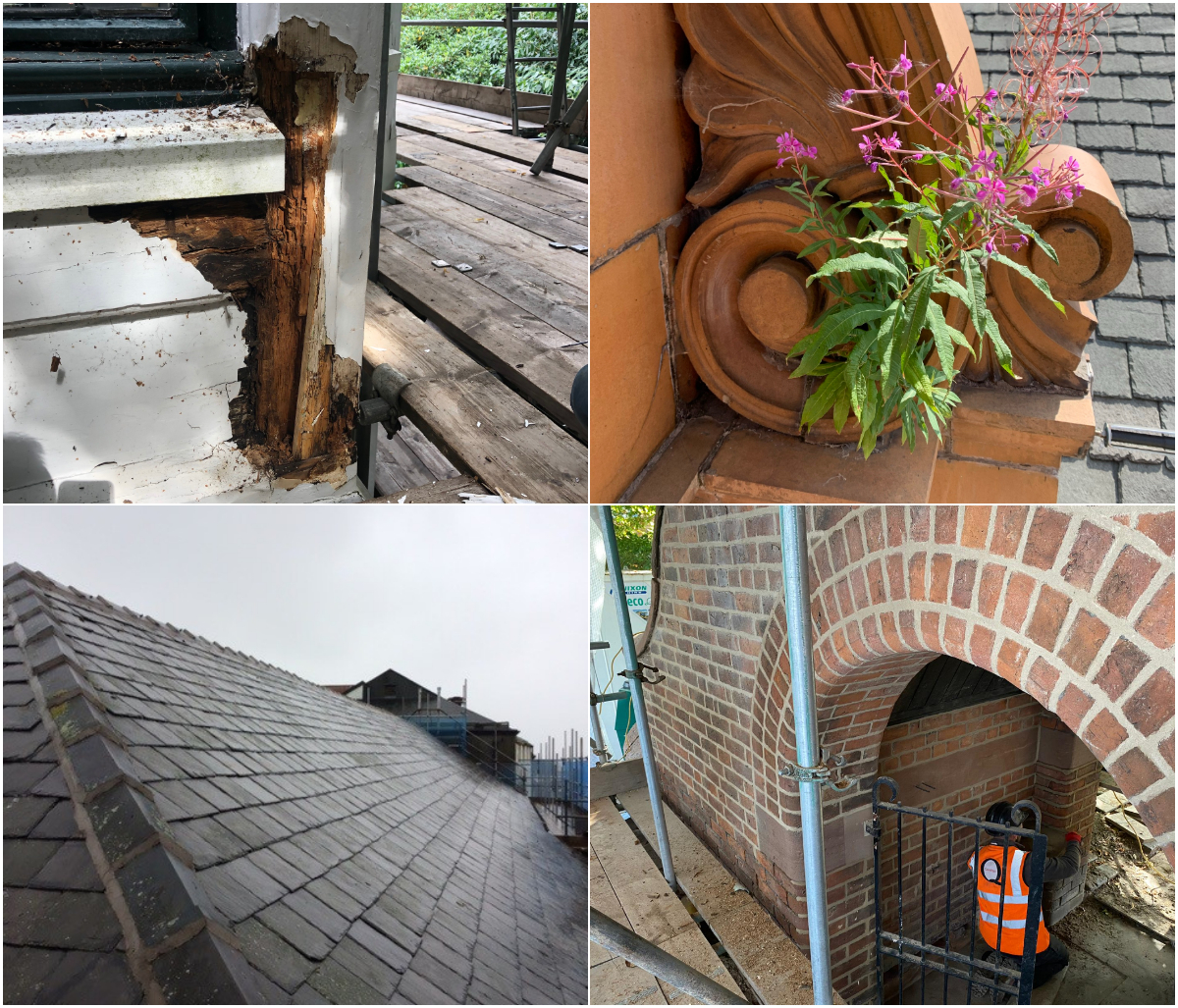
Maintenance Tips for Heritage Buildings
18th Oct 2024
Built heritage is extremely valuable to our communities, society, economy, and culture. Not only does it contribute to our understanding of the past, but it also brings in billions of pounds each year in tourism, creates jobs and increases well being and pride among communities. Therefore, it is vital that heritage buildings are kept well maintained and looked after. Owning or caring for historic properties comes with a duty to maintain these important buildings. Routine maintenance can often mitigate the need for more extensive restoration work and, in the long run, can save time and money whilst retaining more of the original fabric. Maintenance and minor repairs should be carried out by skilled persons using appropriate techniques and materials to prevent the building fabric being damaged.
We would recommend the following points are considered as part of a maintenance plan:
- Roof
Roofs should be checked to make sure all elements are in good condition and working correctly. If there are slates or tiles missing or damaged, they should be replaced to prevent water entering the building. Ridge tiles should be checked ensure they are not loose and flashings should be assessed for watertightness.
- Rainwater Goods
Blocked or damaged rainwater goods are a common cause of water damage in historic buildings and should be checked frequently for any blockages. They should be cleared of leaves and debris to ensure water can flow freely.
- Plant Growth
Plant growth can seriously harm the fabric of historic buildings, causing structural issues with masonry, damp walls and blocked rainwater goods. Plant growth should be monitored and controlled or removed carefully to avoid any damage.
- Chimneys
Damage within the structure of a chimney can potentially become a dangerous issue if it were to fall. Chimney stacks and pots should be checked to see if they are out of position or leaning. Any cracks or loose masonry should be repaired and any vegetation growth should be carefully removed.
- Exterior Walls
Exterior walls or the façade of the building are often the most eye-catching parts of a heritage property and defects in the external walls can affect the aesthetic significance as well as the structure. Any missing pointing in joints should be replaced, cracks should be investigated to ascertain the cause and other defects in masonry should be repaired. Damp staining, algae or vegetation growth might indicate an issue with rainwater goods or flashing so this should also be investigated.
- Windows and Doors
Original sash windows and timber doors require regular maintenance to prevent rot and decay which if left untreated can be difficult to remedy. Any paint or other coatings on timber should be checked for peeling or flaking and bare timber should be identified and redecorated using appropriate coatings.
Heritage buildings are key to our shared sustainable future and through carrying out maintenance, addressing small concerns and employing a heritage specialist to carry out small repairs, we can ensure that our heritage is preserved and utilised for generations to come while saving time and money.
If you have any maintenance or small works requirements please get in touch via our Contact Page.

Back to Blog

